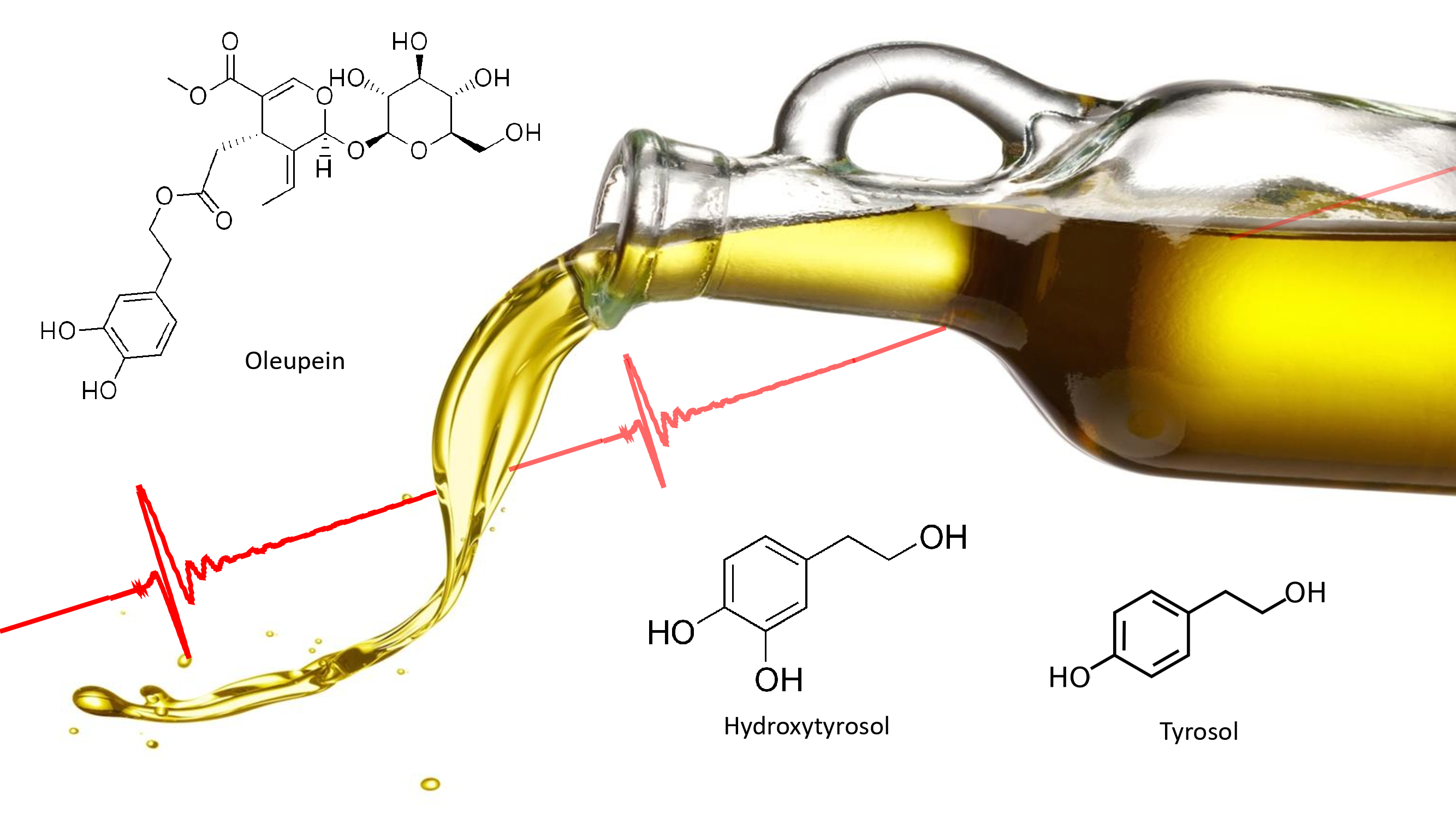Our Latest Projects
Spatially Offset Raman Spectroscopy and Material Characterization
Raman scattering basically occurs by the inelastic scattering of incoming photons from the molecular vibrations of the sample, in which the energy of the photon is altered. Since this particular energy loss depend on the structure of the molecule the obtained Raman spectra represents a unique ‘fingerprint’, thus chemical constituency. Spatially Offset Raman Spectroscopy is different as compared to conventional Raman spectroscopy in that two different laser beam spots are focused onto the sample. Focused beam gives mostly spectral features from the container wall and the other beam gives mostly spectral features of the sample. After careful data processing, pure Raman spectrum of the sample is obtained. This powerful technique can be used for the non-invasive and non-destructive analysis of the drugs; before and after production. Therefore, the active pharmaceutical ingredient (API) information (about solubility, stability, possible change in polymorphic form etc.) can be easily obtained in while the sample is in its container or box.
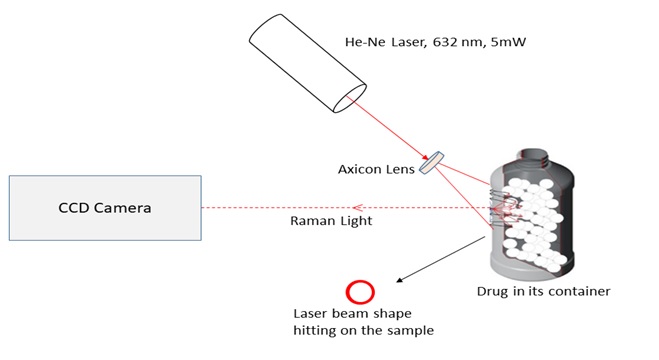
Terahertz Time Domain Spectroscopy for Drug Analysis
Terahertz waves have been used in diverse areas like molecular spectroscopy, solid state physics, biology, imaging, and pharmaceutics. In this frequency range there are collective vibrations, torsional modes of condensed media, vibrational and rotational modes of molecules. Thus, in this region there exist fingerprint of molecules. Also due to the long wavelength of THz waves, it can penetrate through many materials like skin, plastic, paper, many synthetics, textiles etc. These properties of THz waves enable to analyze API qualitatively and quantitatively. It has the potential to be used as a complementary technique for analyzing the drugs before, during and after manufacturing in a fast way due to being non-invasive and non-destructive, and also penetrating properties. Finally owing to its low energy (in meV’s), it is quite improbable that it can damage the sample or induce any morphology changes.
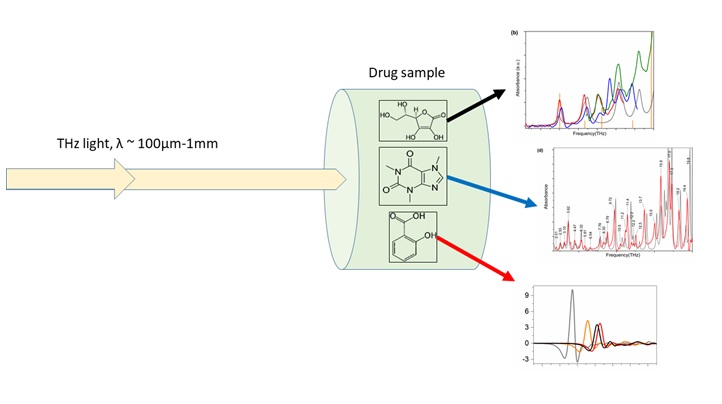
Quality Control of Plastics with Terahertz Spectroscopy
Plastics are being used in wide variety of applications and have become the material of choice replacing metals, wood, glass and more. Therefore, quality control of plastics is a crucial process for all industries before serving them as products. In our study we are trying to develop a non-destructive, fast and reliable method for the quality control of plastics using Terahertz Spectroscopy. By using this method, we will be able to analyze various plastic samples, see the contaminants, air bubbles, poor welding joints and delaminations which simply reduce the product’s strength and quality.
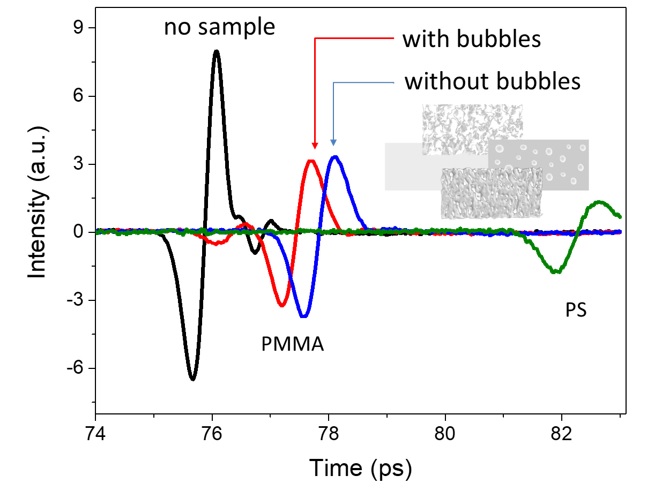
Phase Changing Properties with Terahertz Spectroscopy
Phase changing material (PCM) based thermal energy storage have drawn significant attention in recent years due to increasing energy demand. PCMs with large heat of fusion are considered as highly promising candidates for environmentally friendly thermal energy storage. In this study, an organic PCM phase transition is studied with Terahertz-Time Domain Spectroscopy (THz-TDS). THz-TDS is a promising technique that can provide fast, reliable and nondestructive in-situ investigation of phase changing property of octadecane.
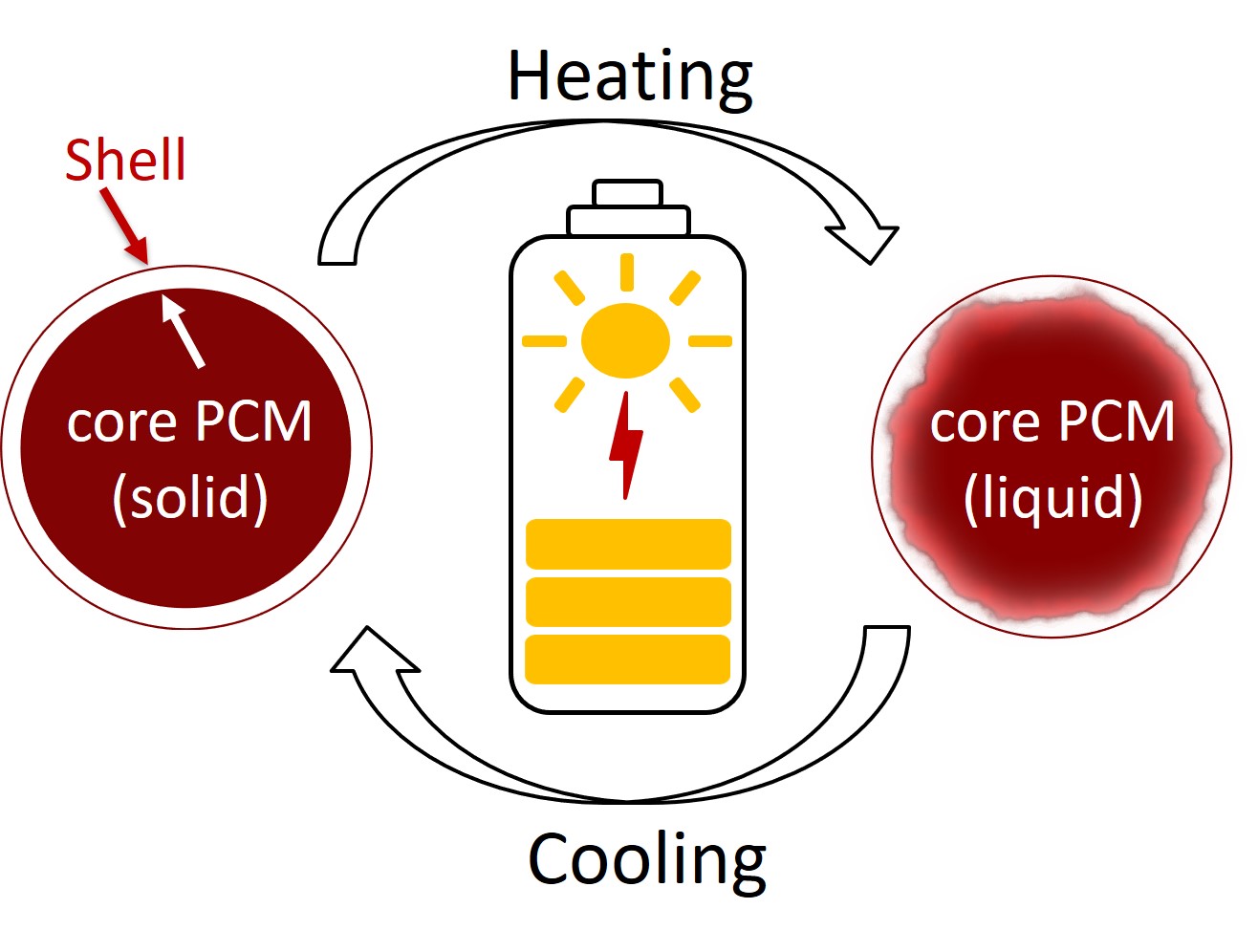
Z-Scan and Nonlinear Properties
The Z-scan technique is used to measure the magnitude of nonlinear refractive index n2 (Kerr nonlinearity). Nonlinear optical properties caused because of variation of induced electronic polarization with the applied electric field. This technique is very easy to apply. Sample of the material is moved through the focus of laser beam, and the radius of the laser beam is measured at some point behind the focus thanks to detectors. In addition to that, this technique is divided in to two different technique as open and close aperture z scan technique. Open aperture z scan technique is used to measure non-linear absorption coefficient Δα and close aperture z-scan technique is used to measure the nonlinear refractive index n2.
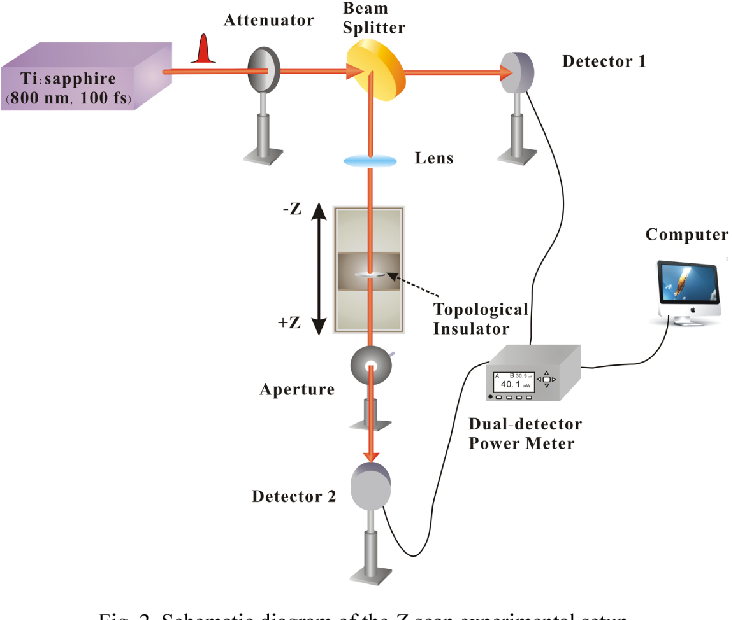
Raman Spectroscopy and Energetic Materials
Although discovered 90 years ago, Raman Spectroscopy has matured over the last few decades to become one of the most powerful techniques in analytical sciences. It is a versatile technique that has great potential for analysis in many areas such as the pharmaceutical industry, cancer diagnostics, and in material and forensic sciences. Our main focus is to develop an understanding about how this light-matter interaction reveals information about the characteristics of matter, and how to overcome some technical and practical difficulties for future applications of Raman Spectroscopy.
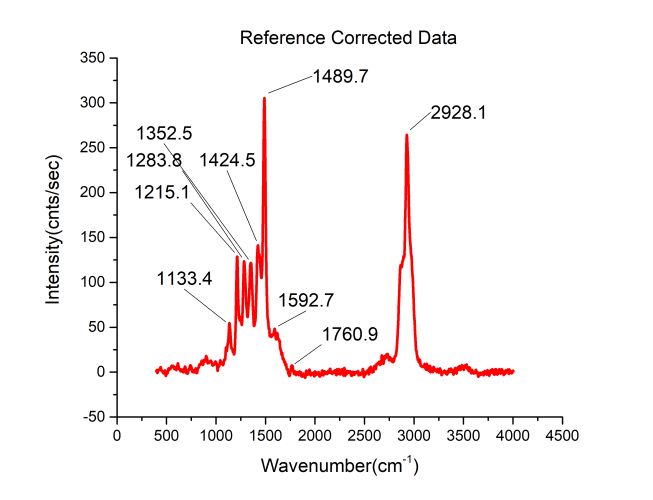
Honey, Spectroscopy and Chemometrics
This project aims to investigate possible use of Terahertz spectroscopy only or in combination with other spectroscopic techniques in order to correlate the quality parameters or physical properties of honey samples with the help of chemometric analysis.
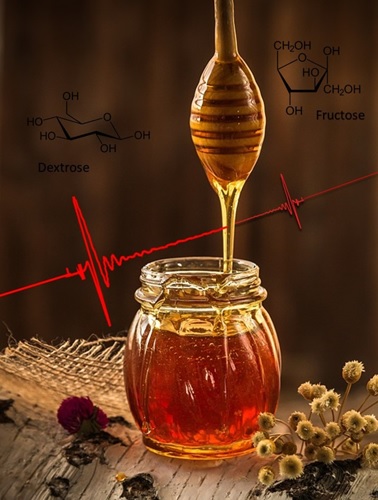
Olive Oils, Terahertz Spectroscopy and Chemometrics
In this study, we try to classify olive oils with respect to their kind of olives, local conditions, production processes and products’ kind by using time domain terahertz spectroscopy (THz-TDS) and Fourier transformation infrared spectroscopy (FTIR). Once the spectra were collected the data were analyzed with the help of multivariate analysis method such as principal component analysis (PCA).
